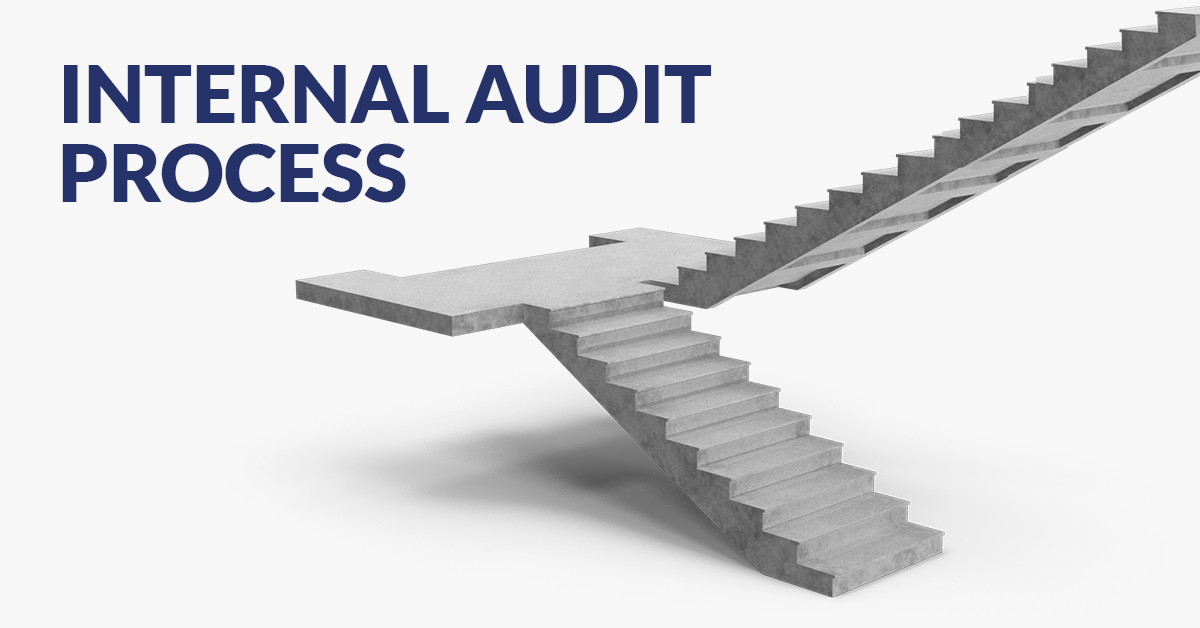What is an Internal Audit ? Internal Audit Process from A to Z

What is Internal Audit?
An internal audit is a process carried out by an organization to provide independent assurance that its operations, risk management, and internal control processes are working effectively. By assessing and enhancing the efficiency of the organization’s risk management, control, and governance procedures, the internal audit function aids in the achievement of the organization’s goals.
The internal audit function helps the organization achieve its objectives by evaluating and improving the effectiveness of its risk management, control, and governance processes.
The internal audit function typically reports to the audit committee of the board of directors or to senior management. Internal auditors are independent of the activities they audit and are expected to be objective and impartial in their evaluations.
The scope of internal audit work can vary widely but generally includes reviewing financial and operational processes, identifying risks, assessing the adequacy of controls, and making recommendations for improvement. Internal auditors may also provide Internal Audit services to help improve processes or provide training to staff.
Internal audits can be an important tool for organizations to identify and address potential issues before they become significant problems. Learn how internal audit strengthens internal controls and mitigates risks in our article on Strengthening Internal Controls through Internal Audit. It can also help organizations to comply with regulatory requirements and maintain the trust and confidence of stakeholders.
An internal audit is a process that evaluates an organization’s internal controls, risk management procedures, and governance processes. The primary objective of an internal audit is to provide assurance to the organization’s management that its operations are being conducted efficiently, effectively, and in compliance with applicable laws and regulations.
Frameworks and Best Practices
Each phase of the internal audit process can be optimized using frameworks like the 5 Cs of Internal Audit. Learn more in our article on Internal Audit Reports: The 5 Cs of Internal Audit and its Relevance of 5 Cs in Internal Audit.
Internal Audit Process Steps
The internal audit process typically involves the following steps:
- Selection
- Planning
- Fieldwork
- Results Reporting
- Corrective action plan
Selection
Audit activities are selected using a risk-based approach. The IA team develops the annual audit plan after discussing risks and challenges with the leadership. This plan is approved by the Executive and Audit Committee of the Board of Trustees.
This risk-based selection aligns with modern audit approaches like Data Analytics: Transformation of Internal Audit.
Planning
From defining its scope and objective to developing the appropriate audit steps, each audit needs planning. Internal audit meets with management to discuss audit purpose, risk factors, and related logistics. Management is included in the planning phase and the details are documented in a planning and scoping memo.
Fieldwork
Fieldwork involves auditors conducting the steps identified in the planning process. These include interviews and surveys, reviews of laws, policies, and best practices, verification of sample transactions, and analyses of data sets.
Auditors meet regularly with management throughout this process to discuss the status of the audit, preliminary observations, and potential recommendations.
Reporting
Auditors report fieldwork results in terms of specific findings, observations, and recommendations at an exit meeting with management. These are stated in an audit observation memo. Auditors ask management to respond with a corrective action plan and timeline. These are included in the final report. Management can review drafts and provide feedback.
Follow-up
All audit recommendations and management corrective action plans are followed up on to provide assurance that plans are implemented. Corrective action plans that do not appear to be progressing are reported annually to the president and Executive and Audit Committee.
An internal audit process is an important tool for organizations to ensure that they are operating effectively and in compliance with applicable laws and regulations. It provides management with valuable insights into the organization’s operations and helps to identify areas for improvement. For examples of optimizing audits in business processes, see How to Optimize Internal Audit of Order to Cash (O2C) Process.
Resources and Services
Download PDF Internal Audit Process
Article contributed by:
Risk and Transaction Advisory department
watch this video to understand our Internal Audit Services






